As coronavirus cases pass 2 million, what’s the impact of reopening?
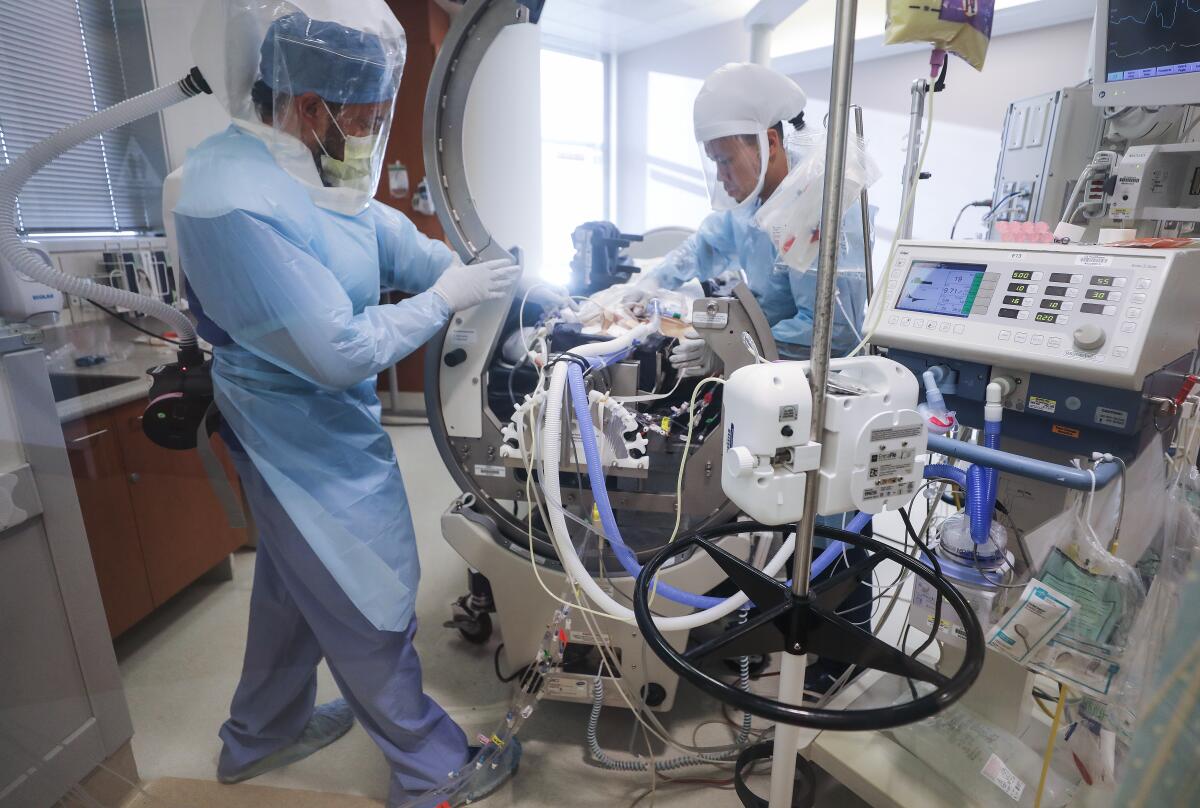
- Share via
ATLANTA — Months after its arrival in the United States, the novel coronavirus is cutting a haphazard path across the country, surging in some states but dwindling in just as many others.
Despite a polarized national debate about reopening the economy, no clear divide has emerged between states that lifted restrictions early and those that took more time.
A Los Angeles Times analysis of data on new COVID-19 cases found that the situation is improving in 24 states, getting worse in 23 and holding steady in 4.
Hot spots are emerging across the Southeast, the Southwest and the West Coast, with states as diverse as Arizona, California, Oregon and South Carolina contending with significant increases in new cases, as well as upticks in deaths, since lifting restrictions on businesses.
But other states appear to have turned the corner, at least for now. New York, Ohio, Virginia and Colorado are among those seeing a decline in the pace of diagnosis and deaths.
“It’s really a tale of two countries,” said Dr. Michael T. Osterholm, director of the Center for Infectious Disease Research and Policy at the University of Minnesota.
To conduct its analysis, The Times looked at daily reports of new cases collected by Johns Hopkins University and, for each state, compared the seven-day average on Thursday with the seven-day average from two weeks earlier.
A change of at least 10% in either direction marked a state as either improving or worsening.
Using the same methodology to look at fatalities, The Times found that daily deaths are rising in 16 states, declining in 21 and holding steady in 13.
Deaths are a poor measure of the current spread of COVID-19, since it typically takes a month for somebody to die after becoming infected. New diagnoses can be a better gauge of how fast the virus is spreading right now, but they are far from foolproof, because they depend in large part on testing practices.
Experts said there is no doubt that travel restrictions, business and school closures, shelter-in-place orders and other measures significantly slowed the spread of the virus.
“If you have more people together, you greatly increase your likelihood of transmission of the virus,” Osterholm said. “That’s epidemiology 101.”
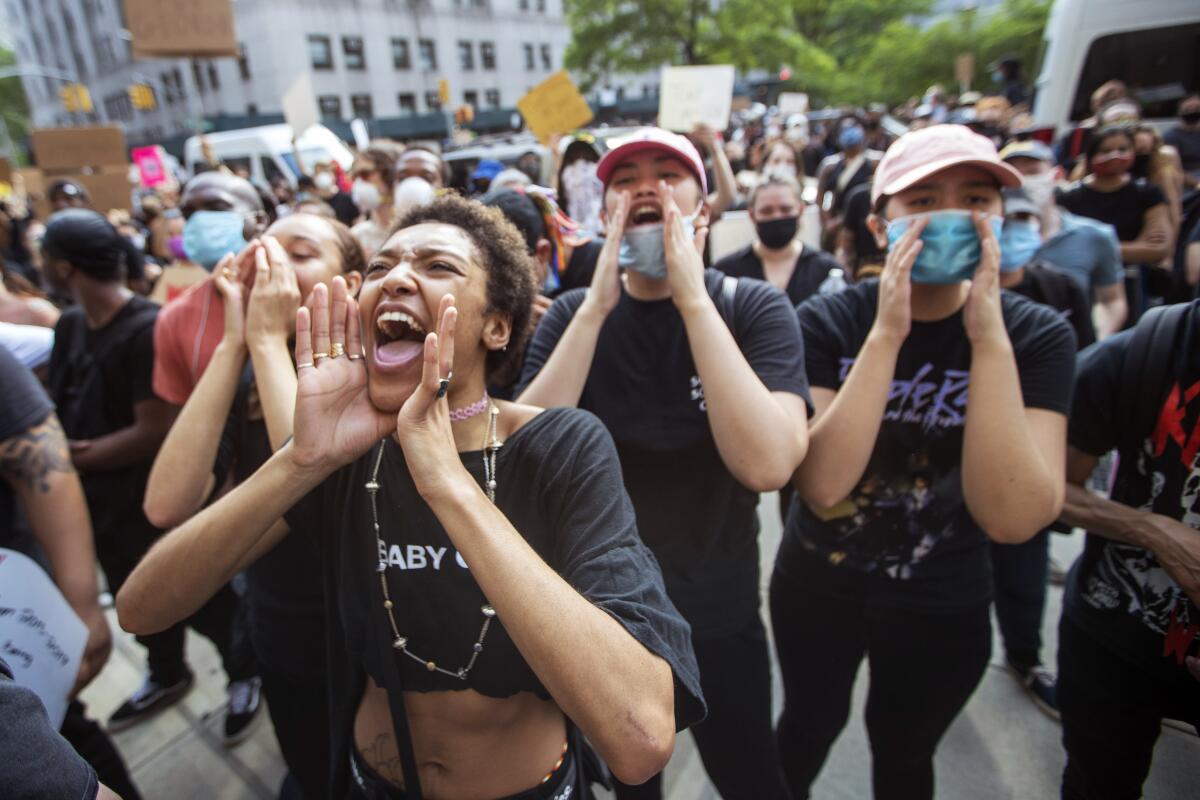
But such restrictions are just part of a complex equation.
Also important are targeted efforts to protect vulnerable populations; contact tracing to track the spread of the disease and speedily isolate infected people; and whether people wear masks, stay six feet apart from each other or frequent restaurants and other public places after they reopen.
“It’s not a simple story that states that have reopened up are seeing a surge in cases,” said Larry Levitt, executive vice president for health policy at the Kaiser Family Foundation.
“Government actions are only part of it,” he said. “Individual behavior matters as well.”
The virus has infected more than 2 million people in the United States and killed more than 114,000.
The big question now is whether the lifting of restrictions will ultimately lead to a massive spike in deaths across the country. The consensus among experts is that it is too early to tell.
Some of the places seeing upticks in deaths are Southern states that reopened early, including Arkansas and South Carolina.
Many eyes have been on the state that opened first: Georgia, seven weeks ago.
Georgia Gov. Brian Kemp was widely criticized as reckless for allowing hair salons, gyms and tattoo parlors to reopen as national pundits derided the state for leading the race to become “America’s No. 1 Death Destination” and offering its citizens as an “experiment in human sacrifice.”
The Times analysis found that daily deaths there have increased slightly, as new cases have held steady.
The Georgia Department of Public Health, which has been accused of underplaying the spread of the virus for political reasons, presents a graph that shows daily deaths on the decline.
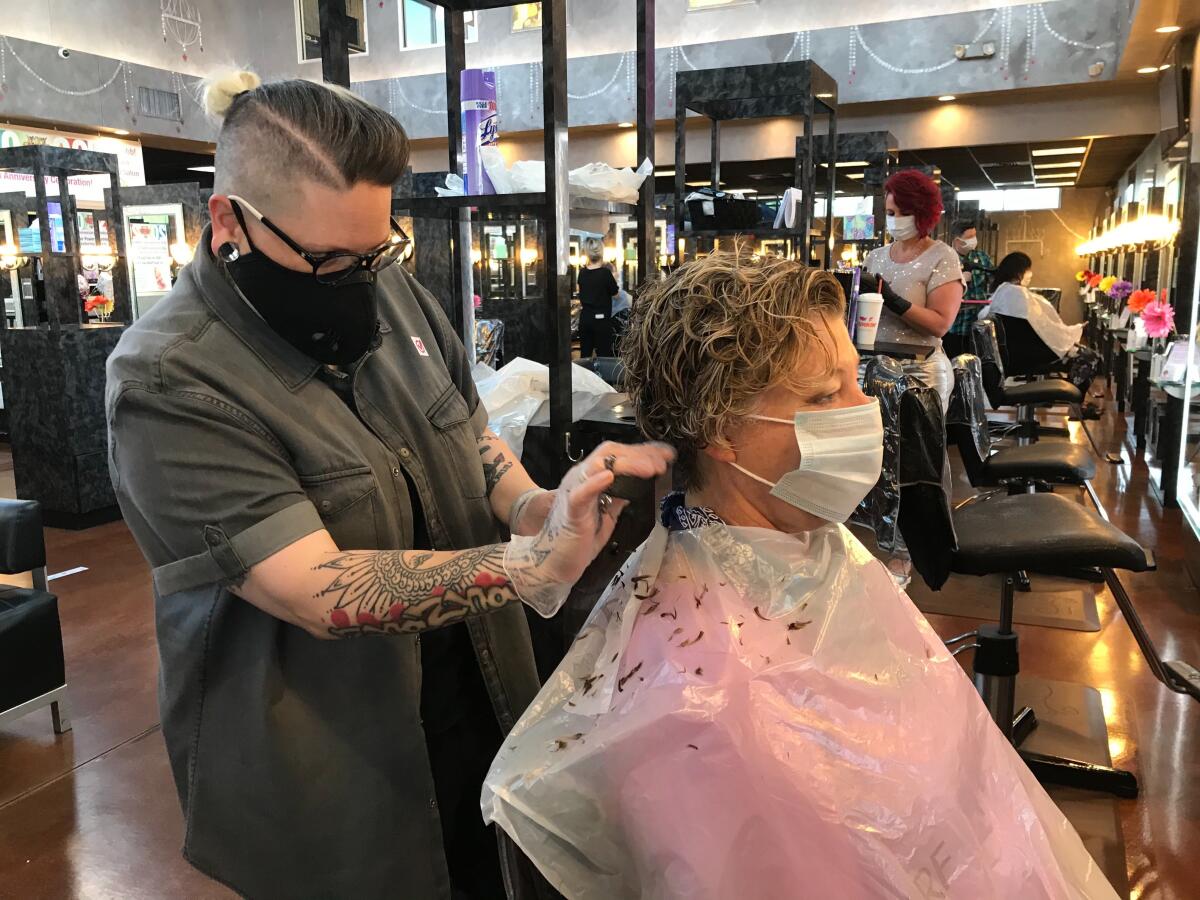
In any case, there is little sign that healthcare facilities are inundated. According to the Georgia Emergency Management and Homeland Security Agency, hospitalizations from COVID-19 are at 842, down from 4,221 on the first day of reopening.
Experts said one reason the doomsday scenario has not occurred in Georgia is that many businesses, particularly in metro Atlanta, ignored Kemp’s order and remain shuttered. Similarly, many residents are sticking close to home, wearing masks and practicing social distancing whenever they go out.
“A politician can say barbershops are open, but if nobody goes to the barbershop, they have no influence,” said Dr. Carlos del Rio, a professor of medicine at Emory University.
Still, he said cases would likely be declining, rather than plateauing, if more restrictive practices were in place.
Meanwhile, the picture appears more ominous in a state that took a more cautious county-by-county approach to reopening: California.
The state hit a record number of 3,620 new COVID-19 cases on Thursday. Daily deaths are also on the rise.
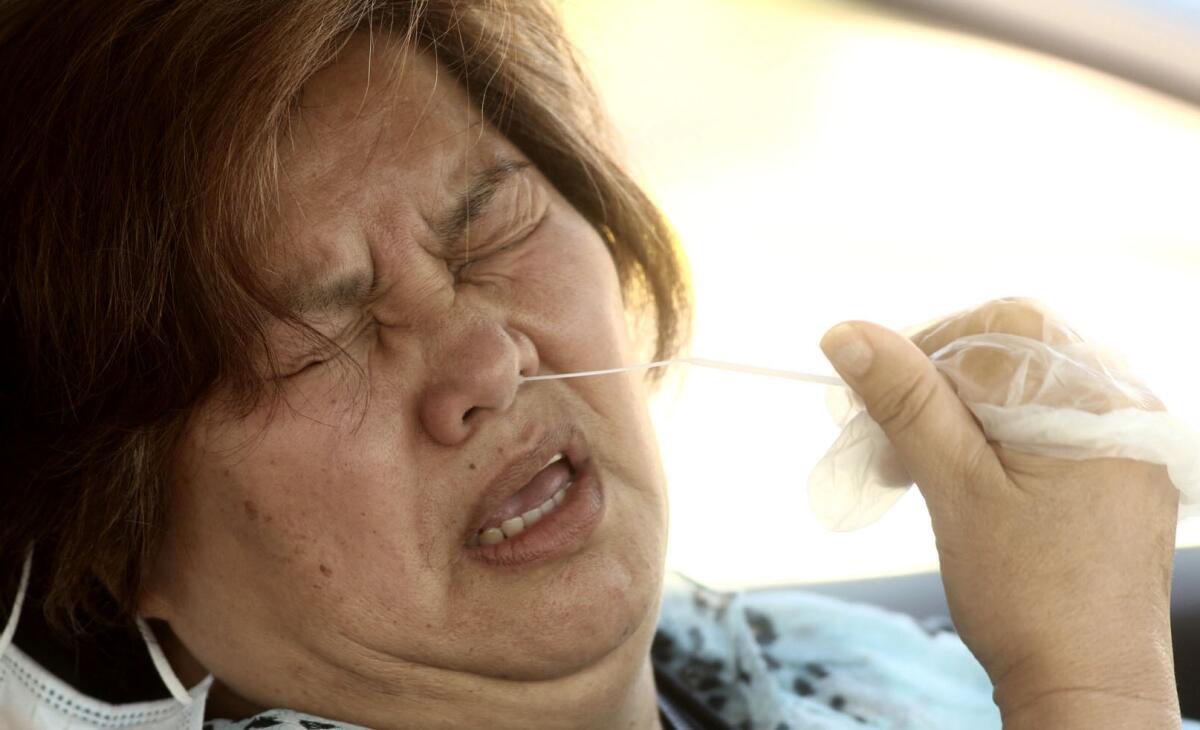
Nearly half the new cases in the last two weeks have occurred in Los Angeles County. The director of the county’s Department of Health, Dr. Christina Ghaly, has warned that the number of intensive care beds could become inadequate in the next two to four weeks.
In Oregon, another state that has taken a cautious approach, cases and deaths are also up.
Gov. Kate Brown announced late Thursday that she was delaying plans for a fresh wave of reopenings for at least a week while public health experts assess what factors are driving a record number of new cases.
“This is essentially a statewide ‘yellow light,’” she said. “It is time to press pause for one week before any further reopening.”
The situation is grimmest in Arizona, a state that allowed retail stores, barbershops and salons to reopen with strict physical distancing on May 8, soon followed by dine-in service at restaurants.
Public health officials sounded the alarm after 1,654 new cases were reported Friday, continuing a pattern that began two weeks ago.
Hospitalizations have climbed from 791 on May 16 to 1,336 Friday, part of a trend that prompted Arizona Department of Health Services Director Dr. Cara Christ to instruct hospitals to “fully activate” emergency plans and prepare to stop elective surgeries in case they start to run low on hospital beds.
Gov. Doug Ducey has insisted the state is “not in a crisis situation,” pointing to increased testing as the reason for higher numbers.
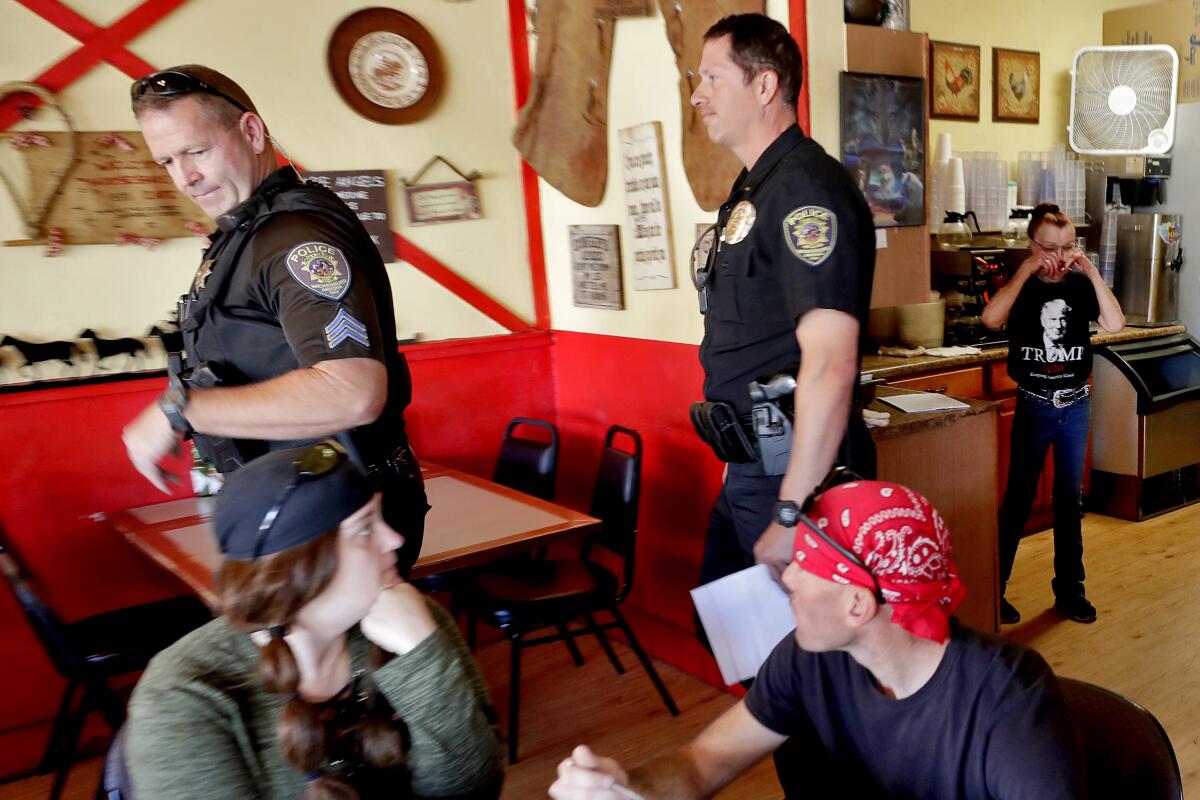
Public health experts, however, say that cannot fully explain the rise, and mobile phone and business data show that people are increasingly venturing out and likely interacting with others in ways that have contributed to new infections.
In Florida, the week after Gov. Ron DeSantis announced that the state could move into Phase Two of reopening by allowing movie theaters, bars and concert halls to open at restricted capacities, the state reported a single-day increase of 1,902 COVID-19 infections — the highest one-day jump since tracking began in March.
New cases are also being reported at a rising rate, a trend that DeSantis said on Friday stemmed in part from more widespread testing — particularly of young people, who stand a greater chance of surviving the virus — as well as outbreaks in farmworker communities.
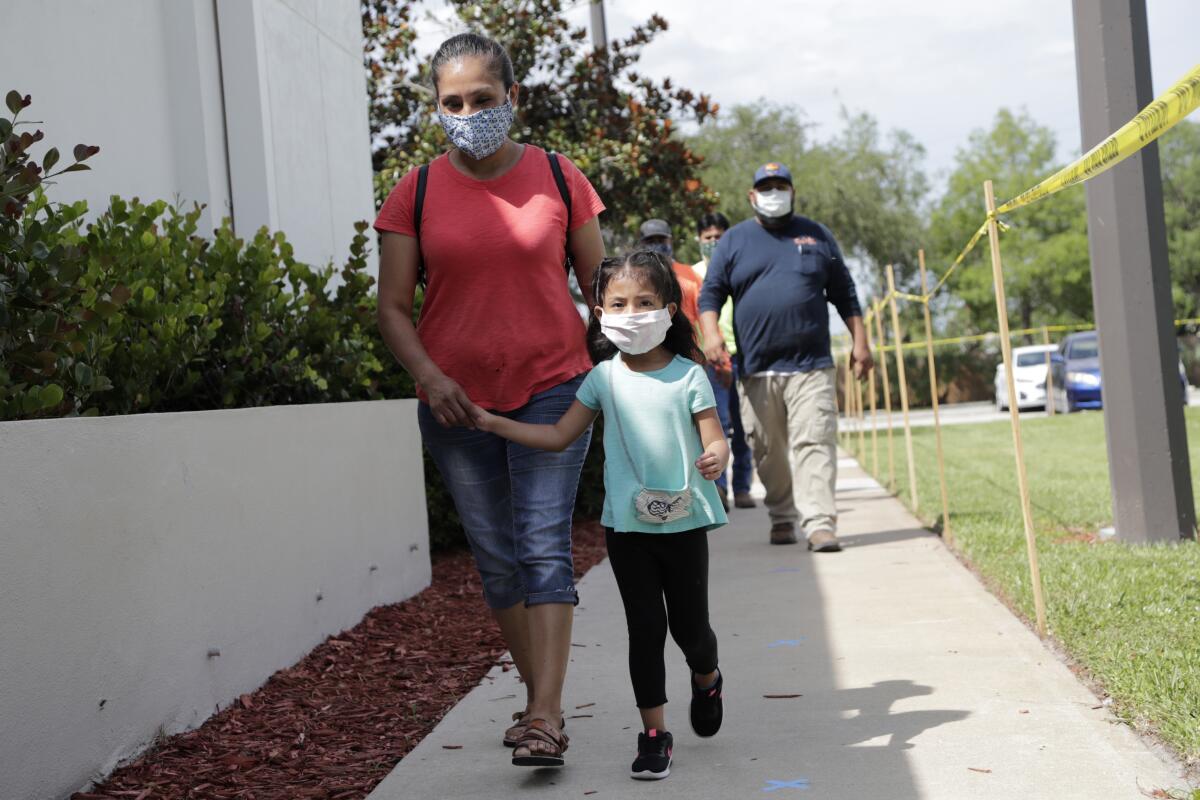
The state also reported 135 new hospitalizations on Friday. On May 4, the first day much of the state began reopening, 90 patients were admitted to hospitals.
Still, in Miami Beach, the popular tourist city where millions of dollars have been lost after the closure of hotels and nightclubs, Mayor Dan Gelber said he was at once excited and nervous about getting back to the new normal.
“I would be a fool if I said we weren’t worried about reopening,” Gelber said. “But we’ve been waiting longer than the state and even our county for many moves, trying to be cautious.”
As protests over police violence have hit Miami Beach and Miami, Gelber said he wondered how much the gatherings would contribute to new infections.
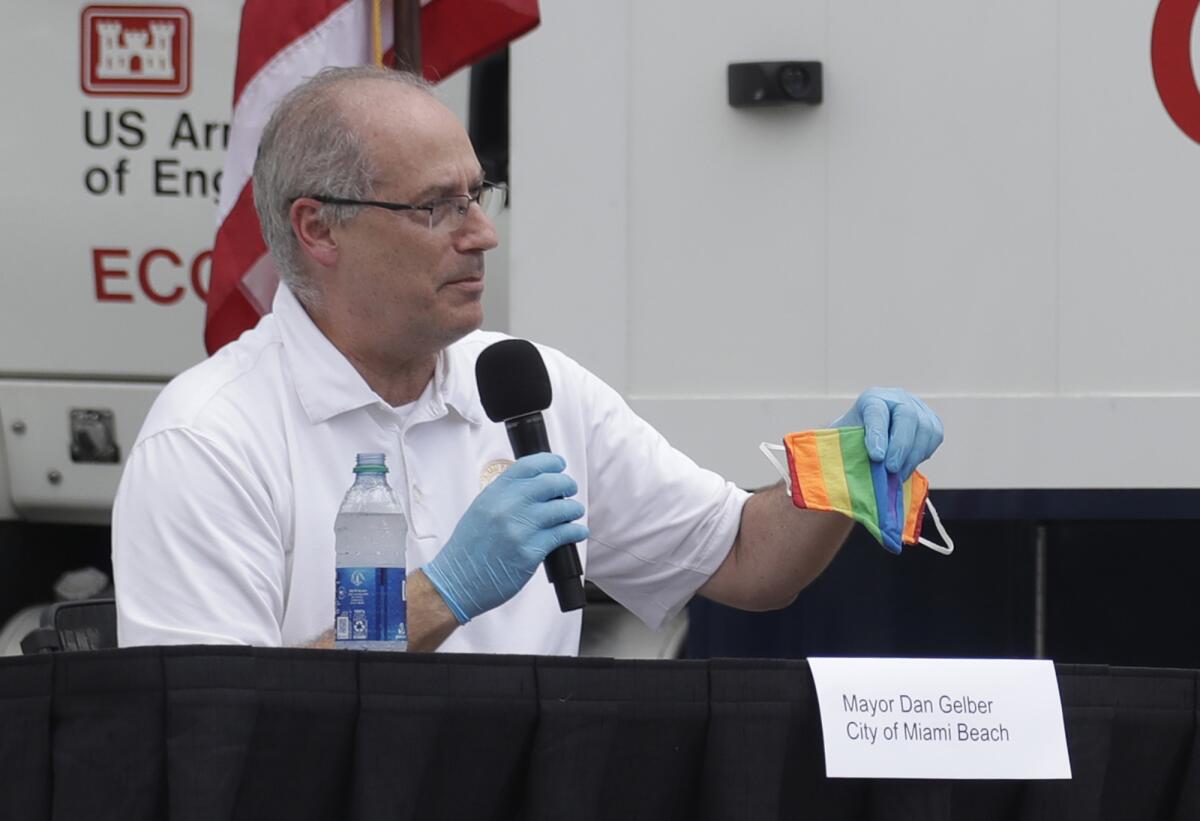
“I support these protests, but social distancing is all but forgotten in many of them,” he said. “People’s following of social distancing in general is all over the board. That is a concern.”
Experts stress that there are no strict correlations between cases, hospitalizations or deaths.
Many of the early deaths were of nursing home residents and older Americans.
But now that those facilities have implemented safeguards and many older residents are taking precautions, younger Americans account for an increasing share of new infections, said del Rio, the doctor at Emory.
Those patients are far less likely to get sick, require hospitalization or die.
“You may see much more cases, but less severe disease,” del Rio said. “It’s really hard to model this, because not every case leads to disease and death.”
Gerardo Chowell-Powell, professor of mathematical epidemiology at Georgia State University’s School of Public Health, said the nation’s ability to stem the virus may ultimately depend less on reopening than on how much the public engages in social distancing.
“In a way, I think there’s good news: If we continue to work to make sure that the population wears face masks and follows rigorously their social and physical distancing, there is a real possibility to make this trend go down,” he said. “It is possible.”
Jarvie reported from Atlanta. Menezes and Kaleem reported from Los Angeles.
More to Read
Sign up for Essential California
The most important California stories and recommendations in your inbox every morning.
You may occasionally receive promotional content from the Los Angeles Times.













